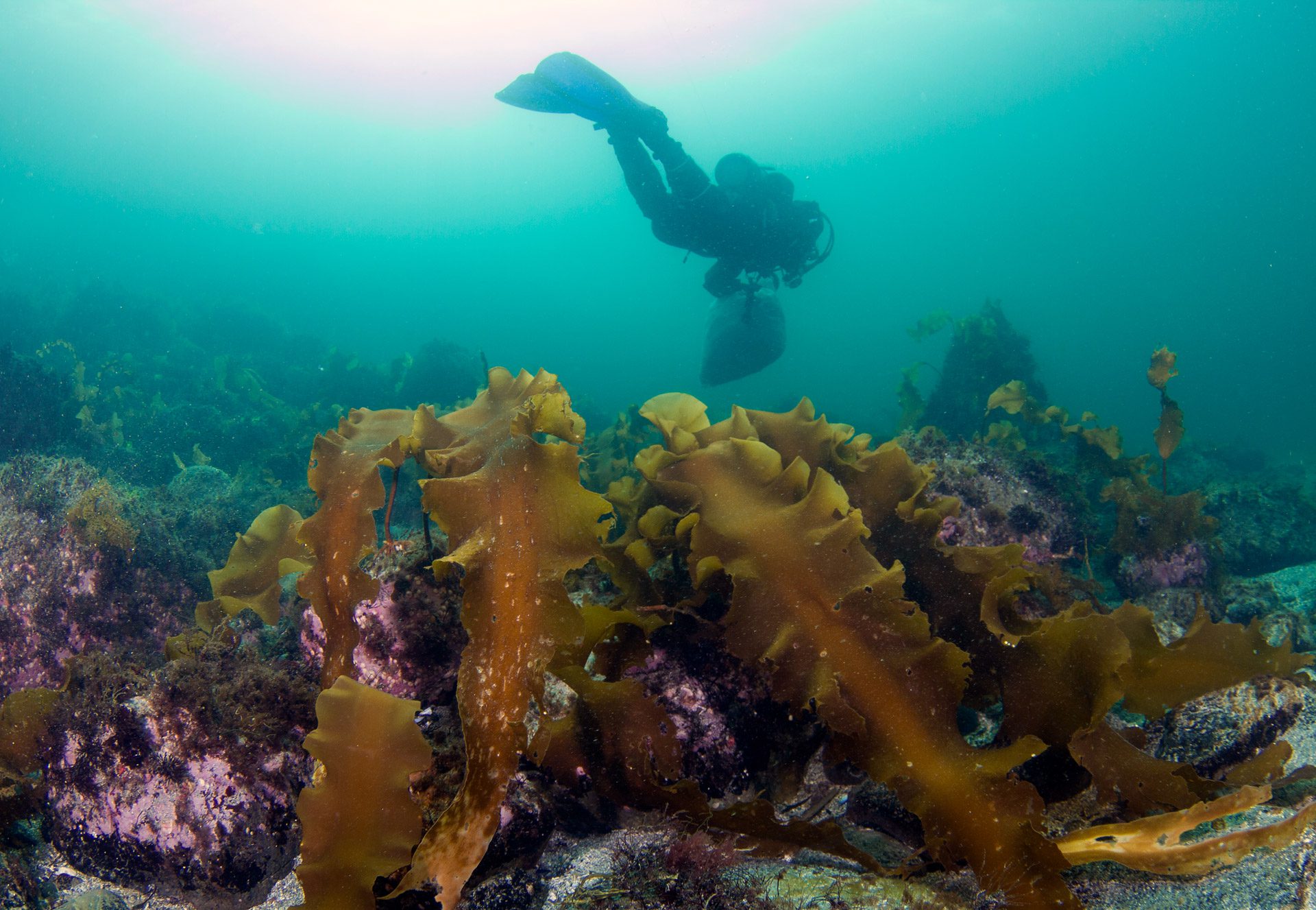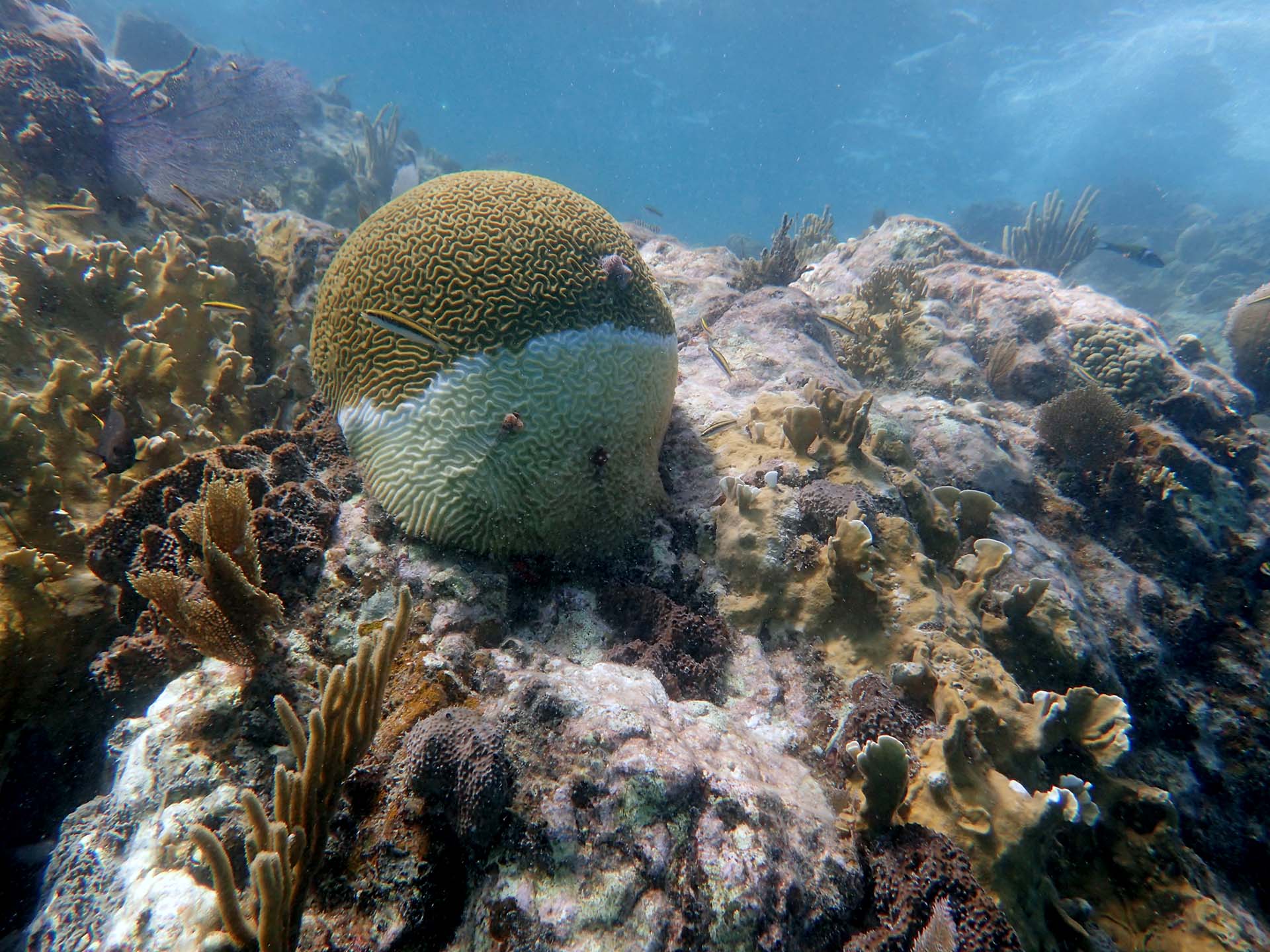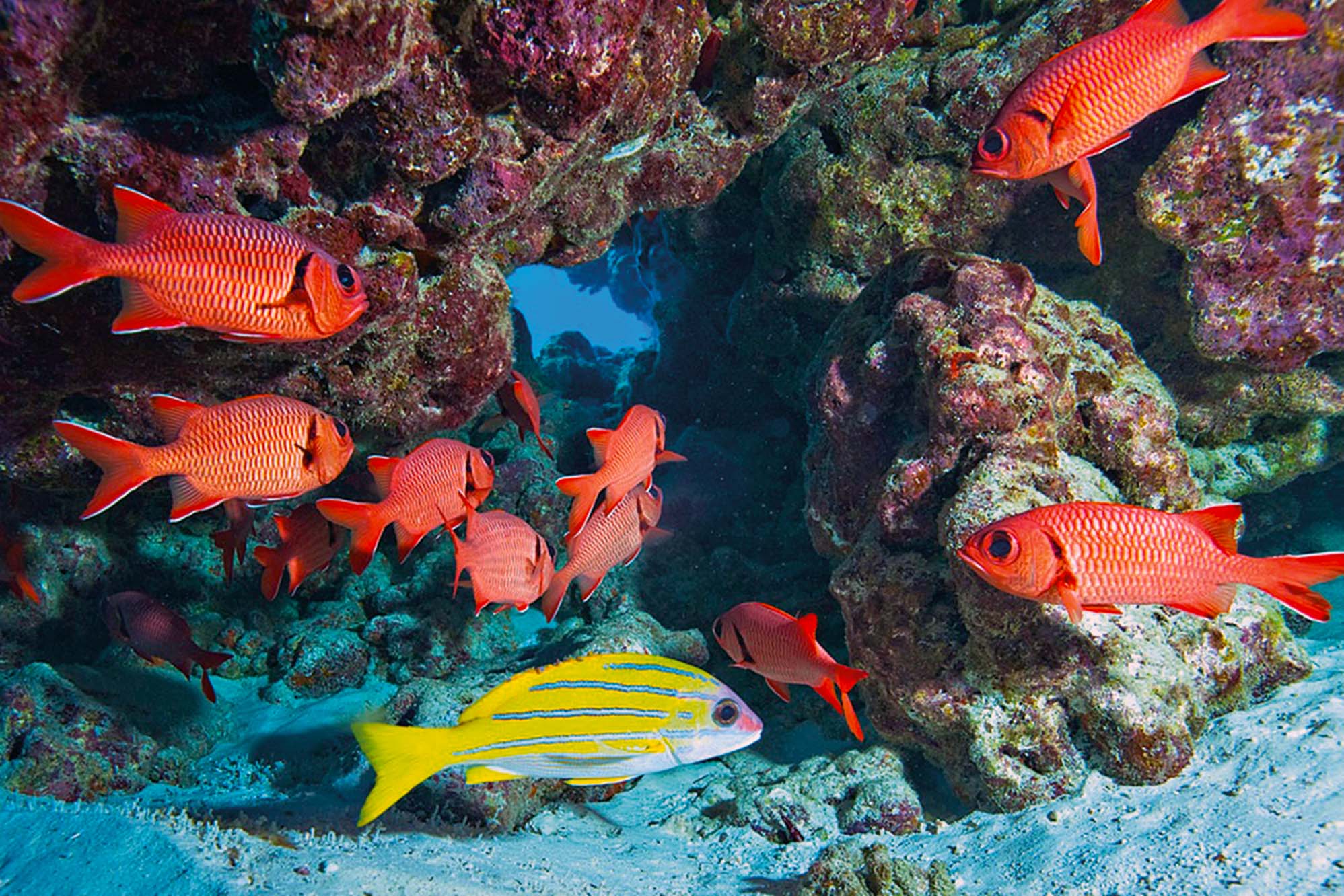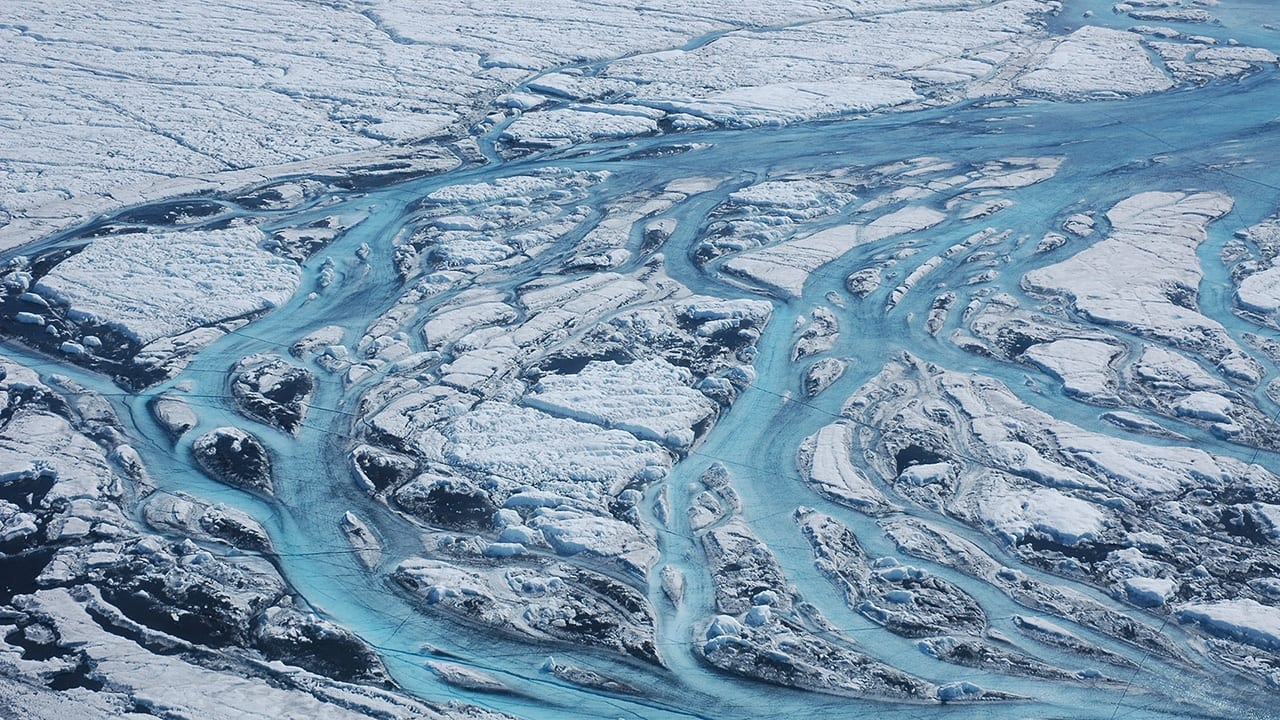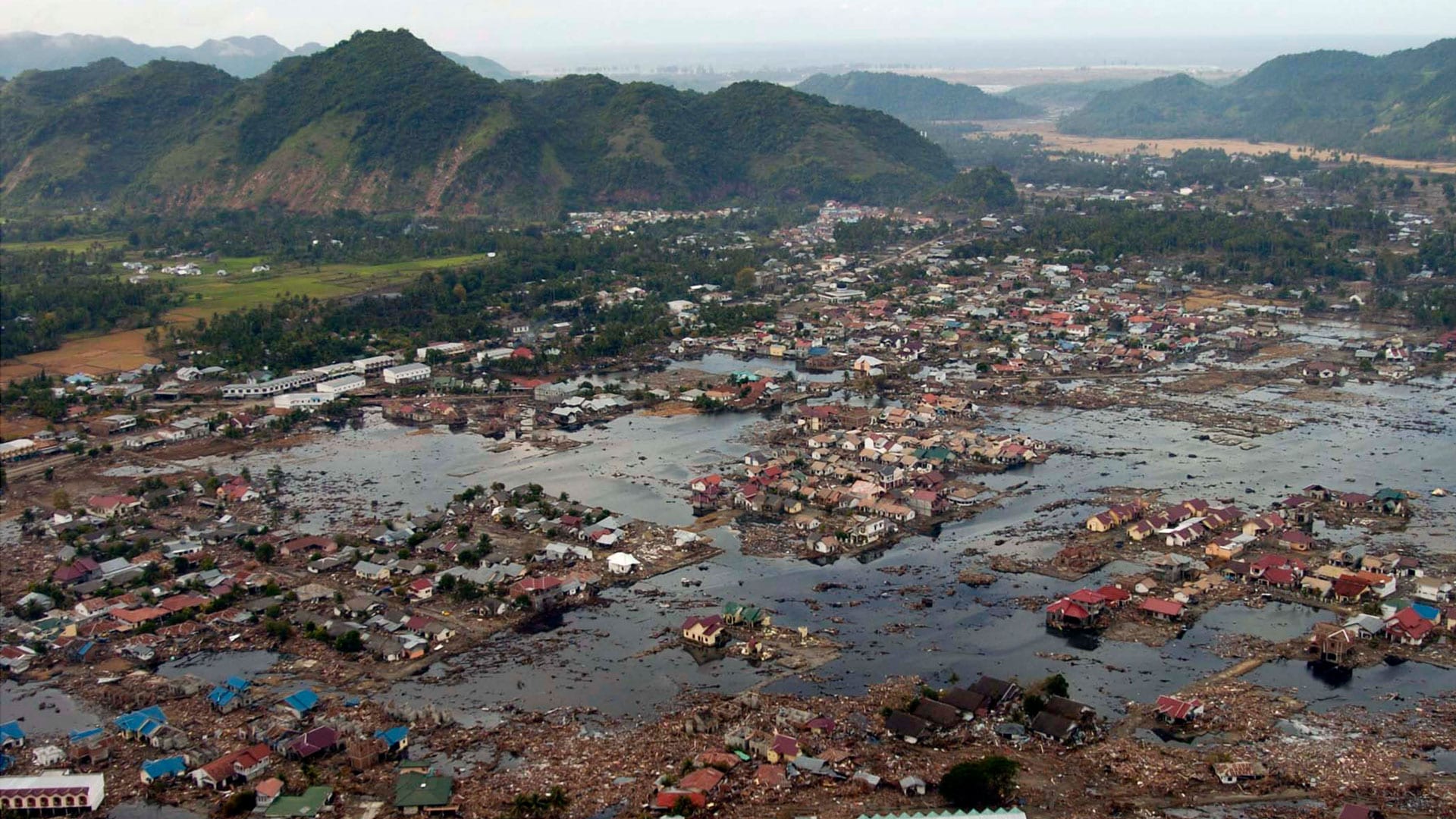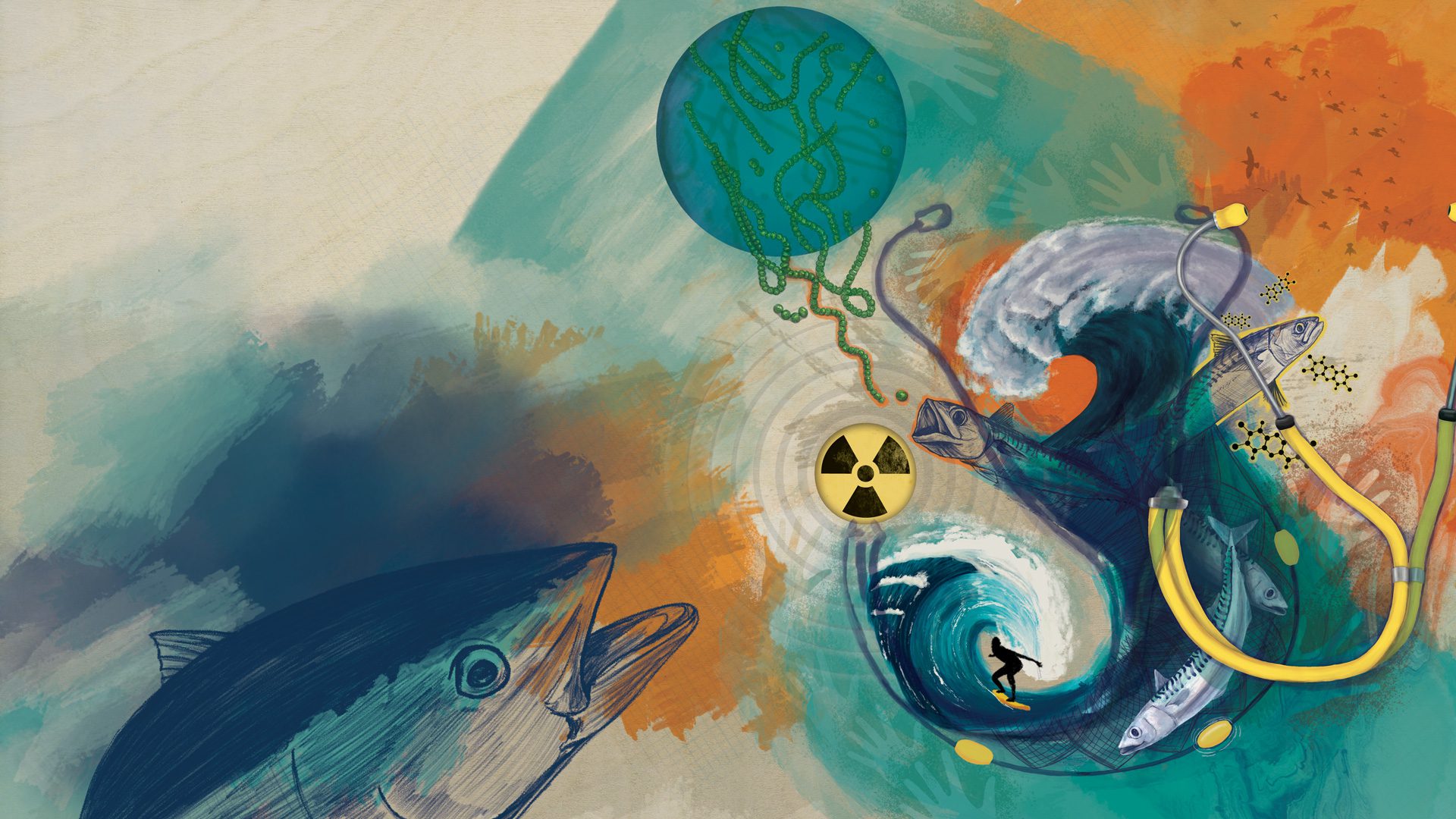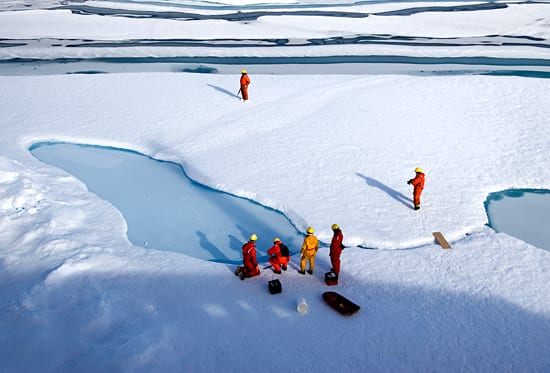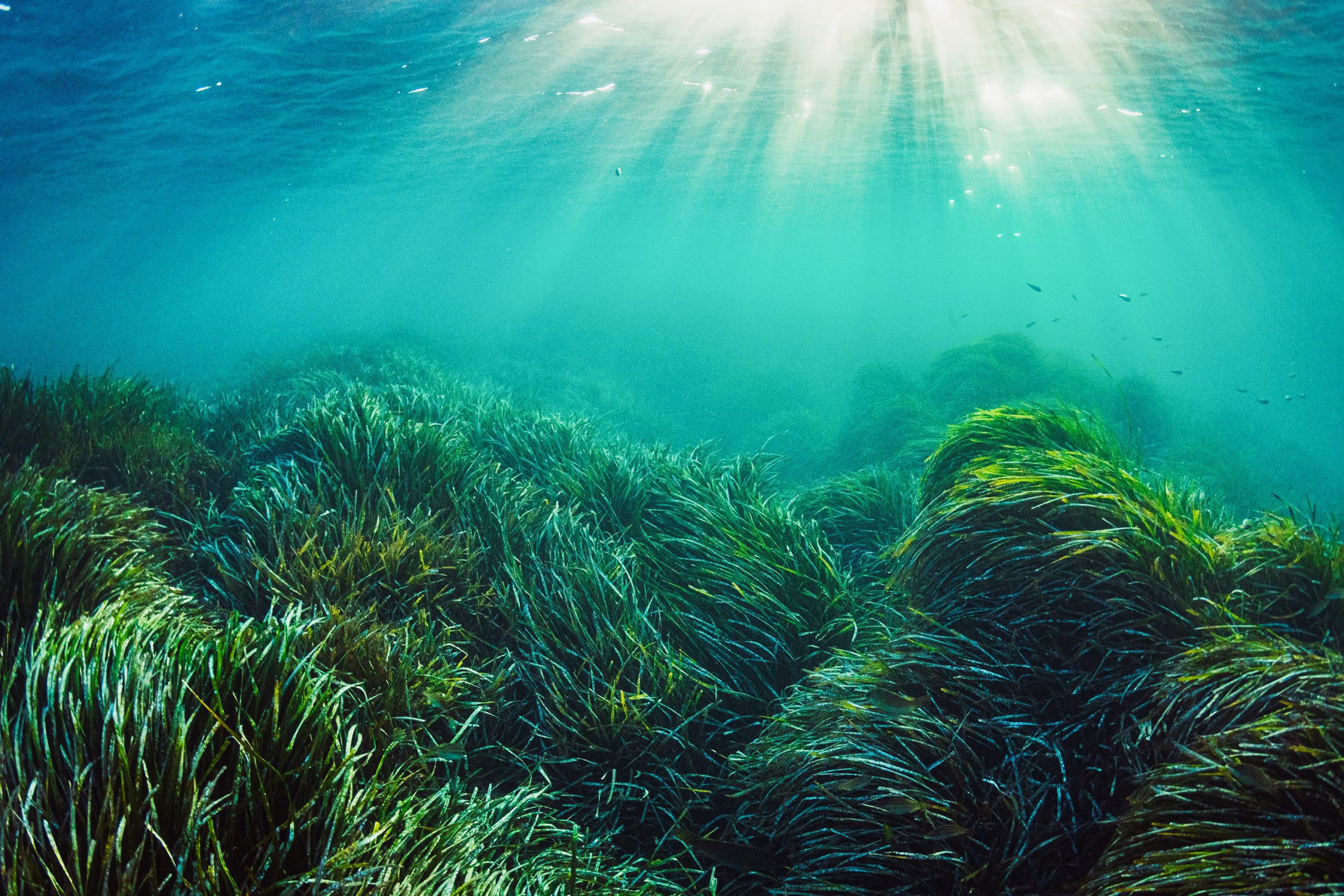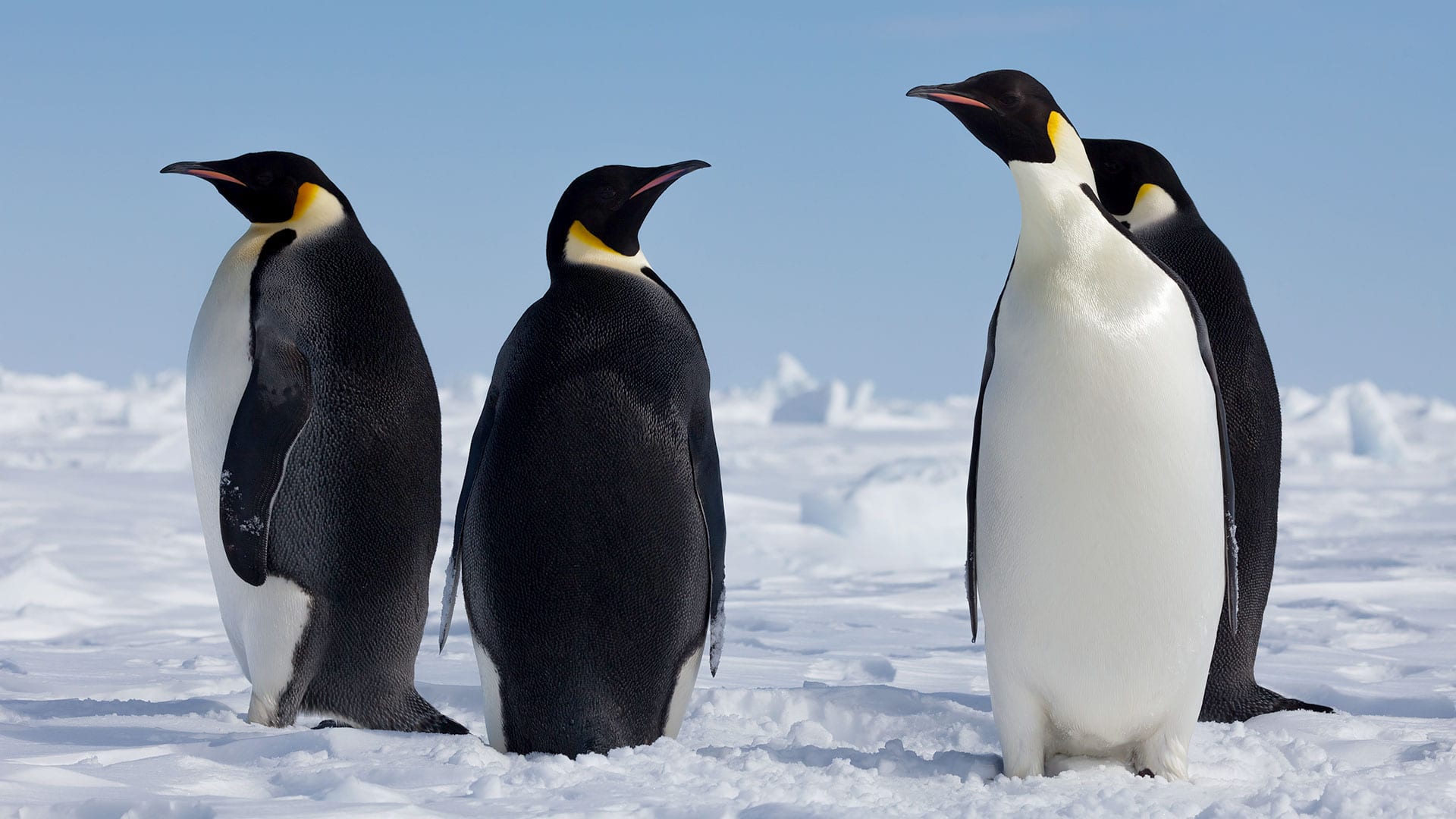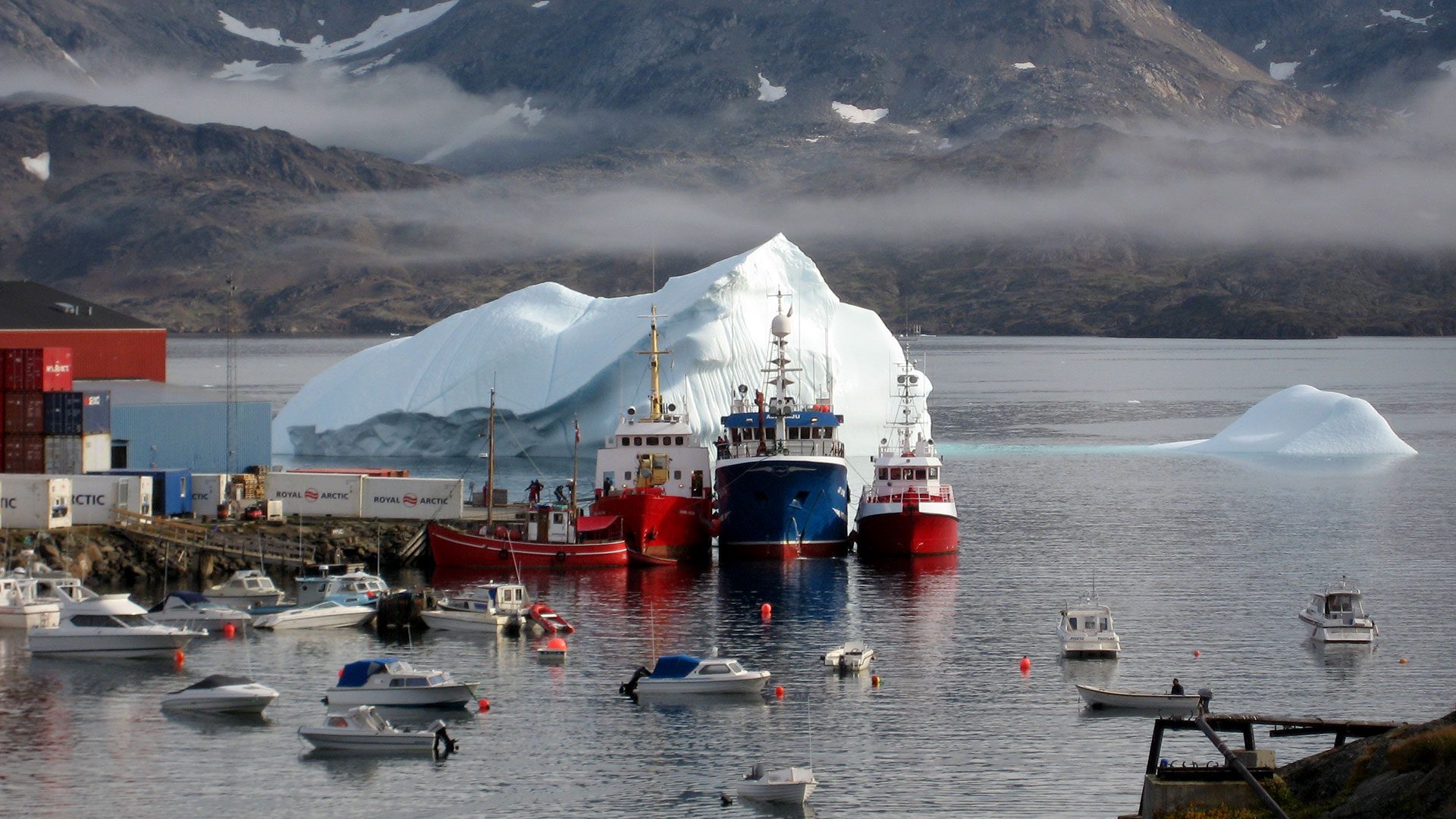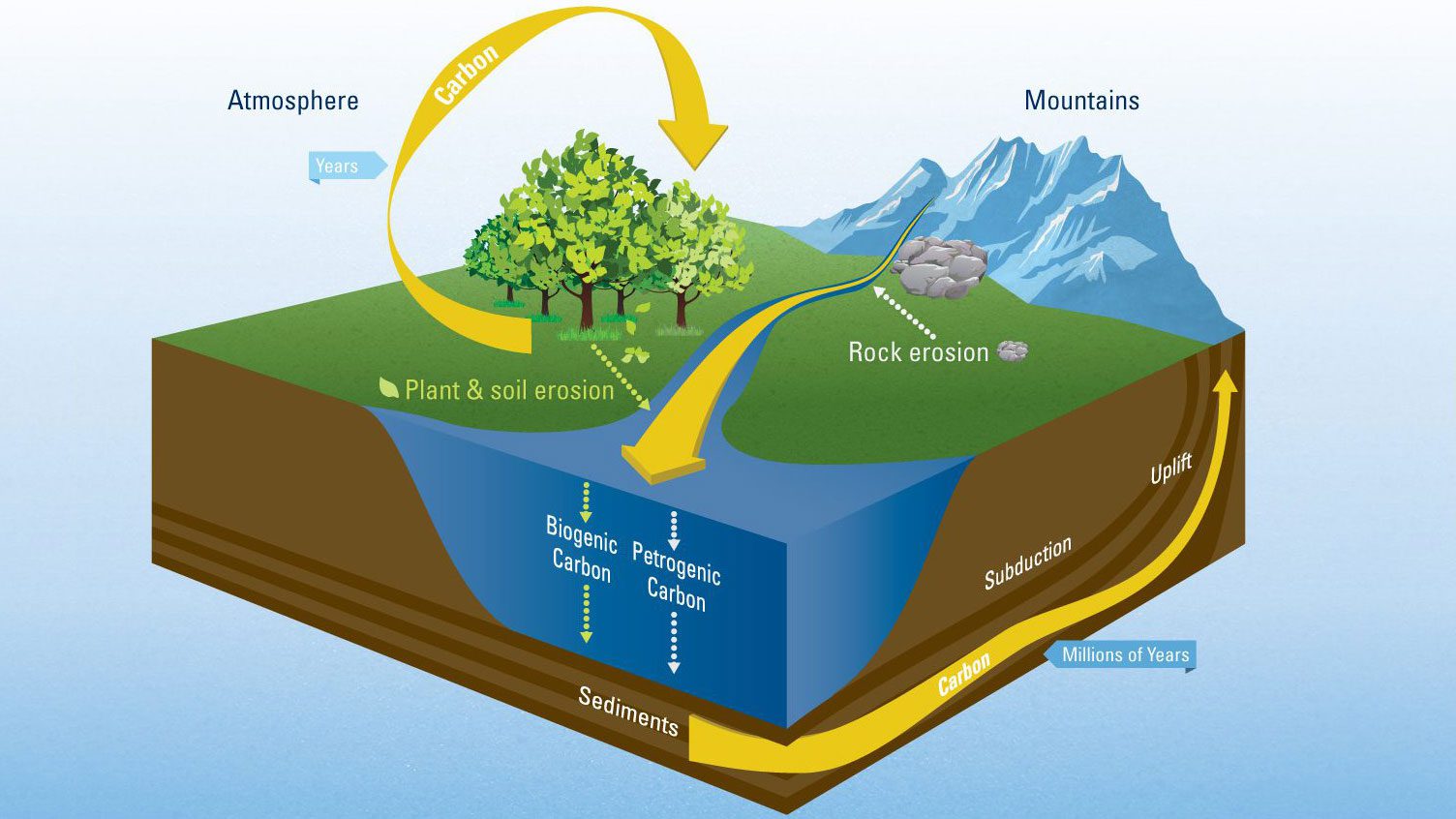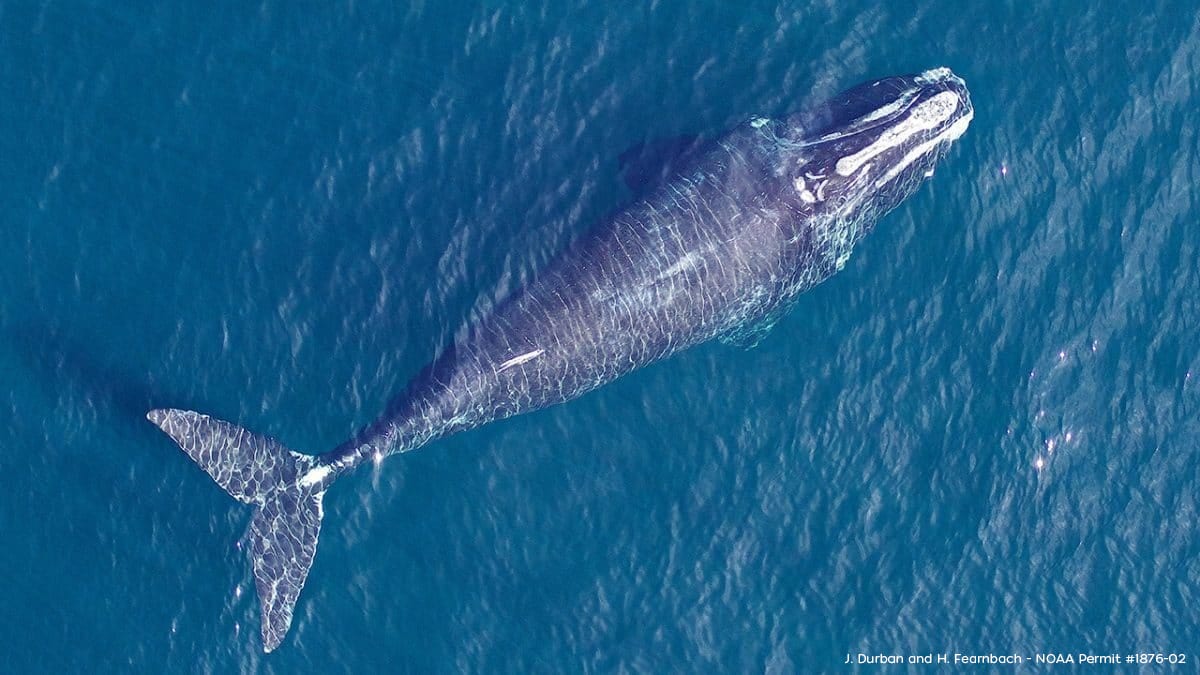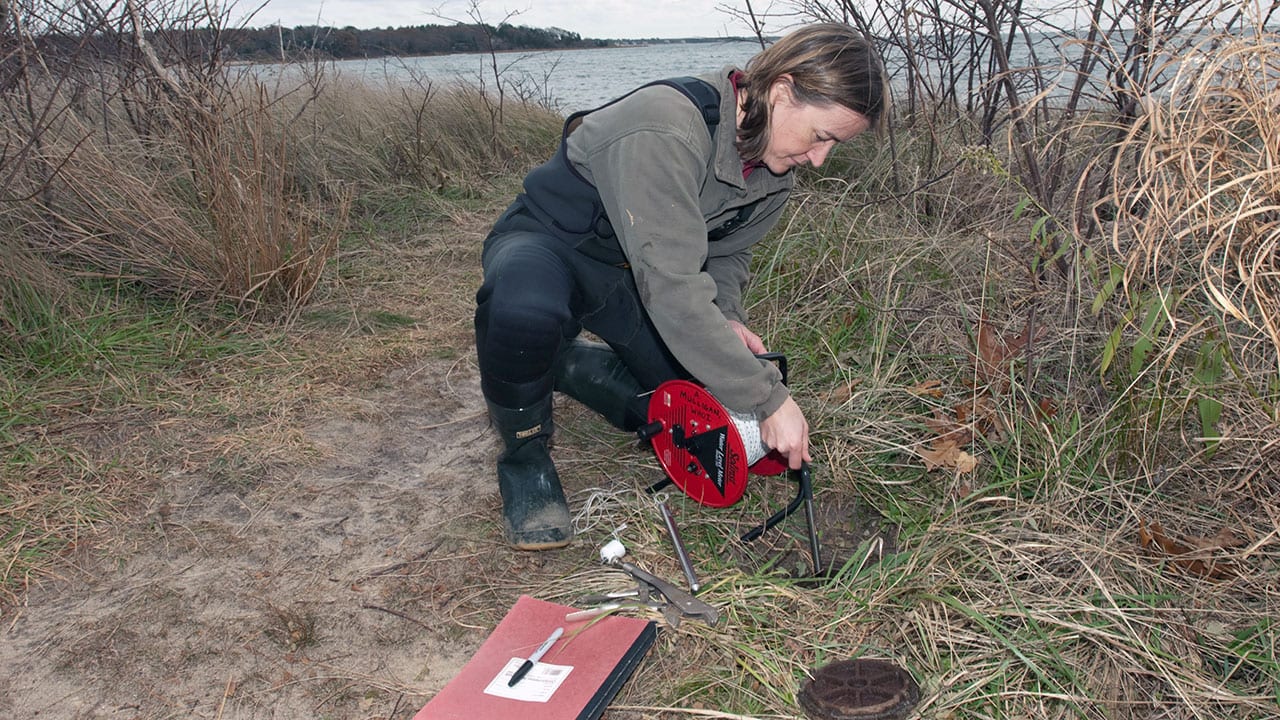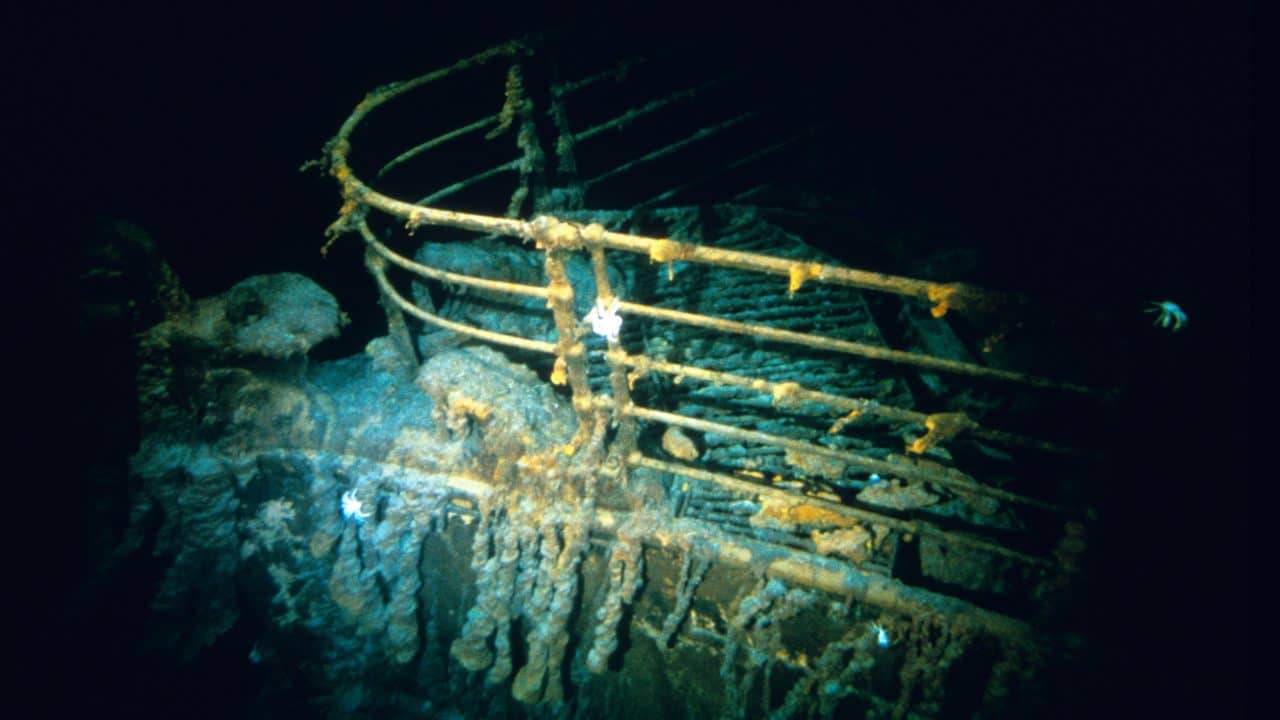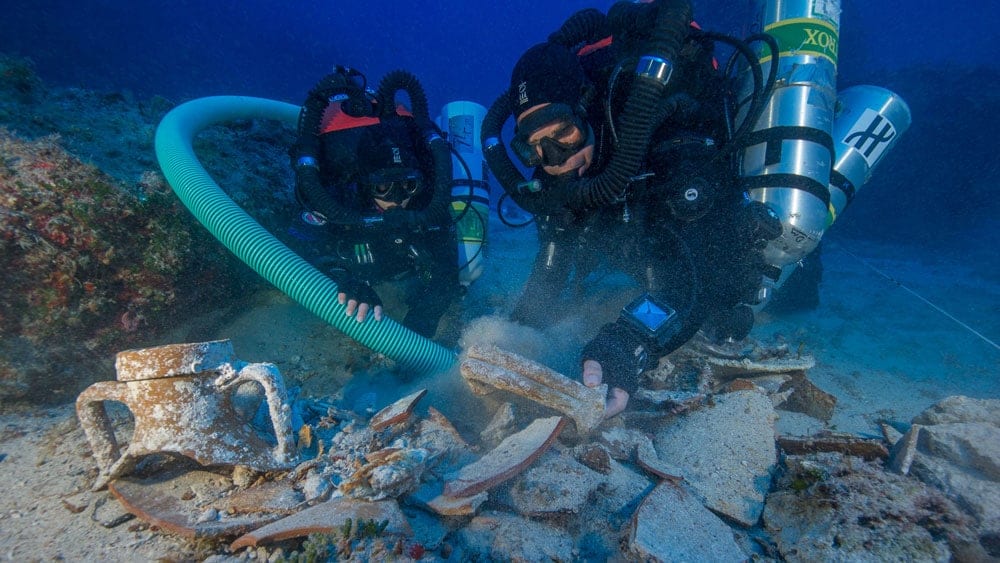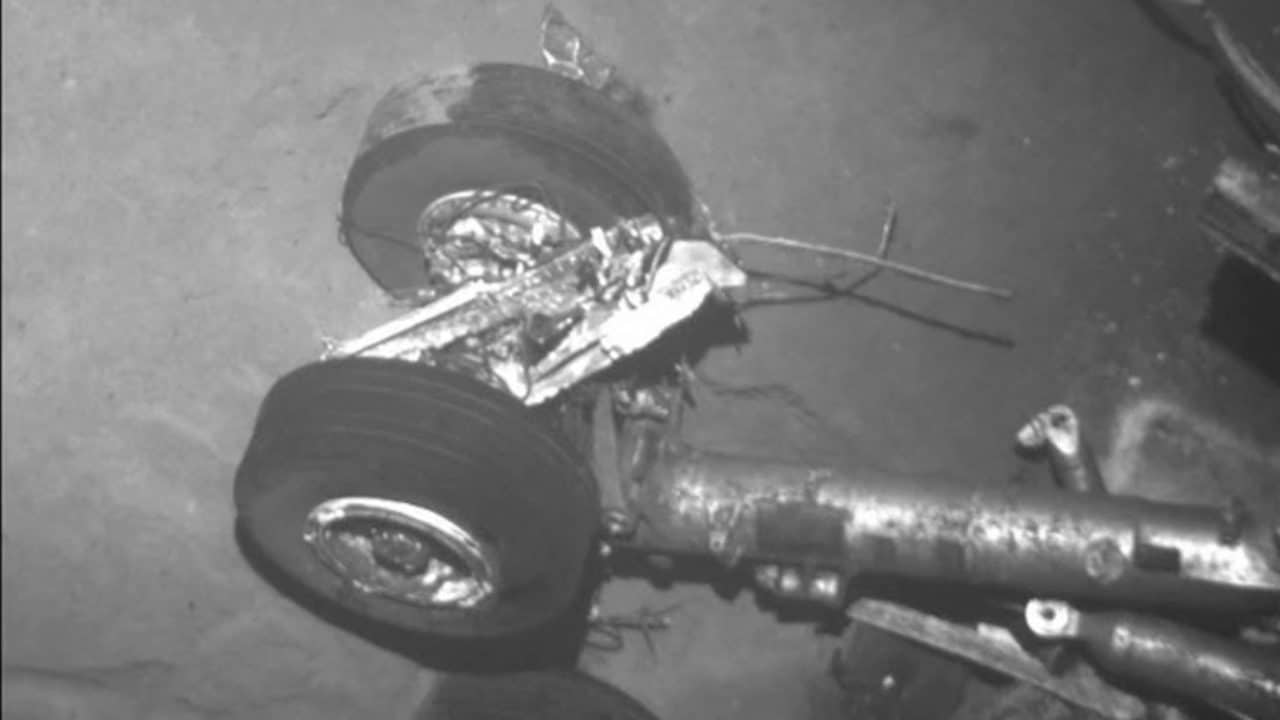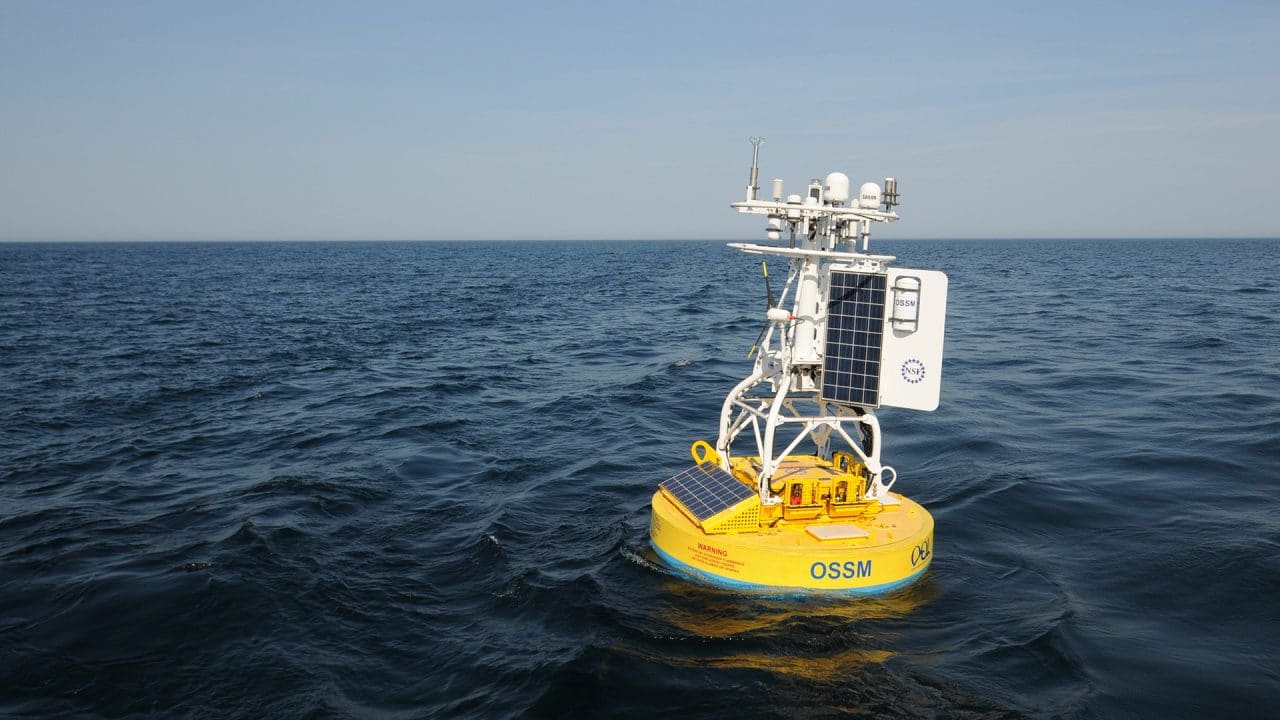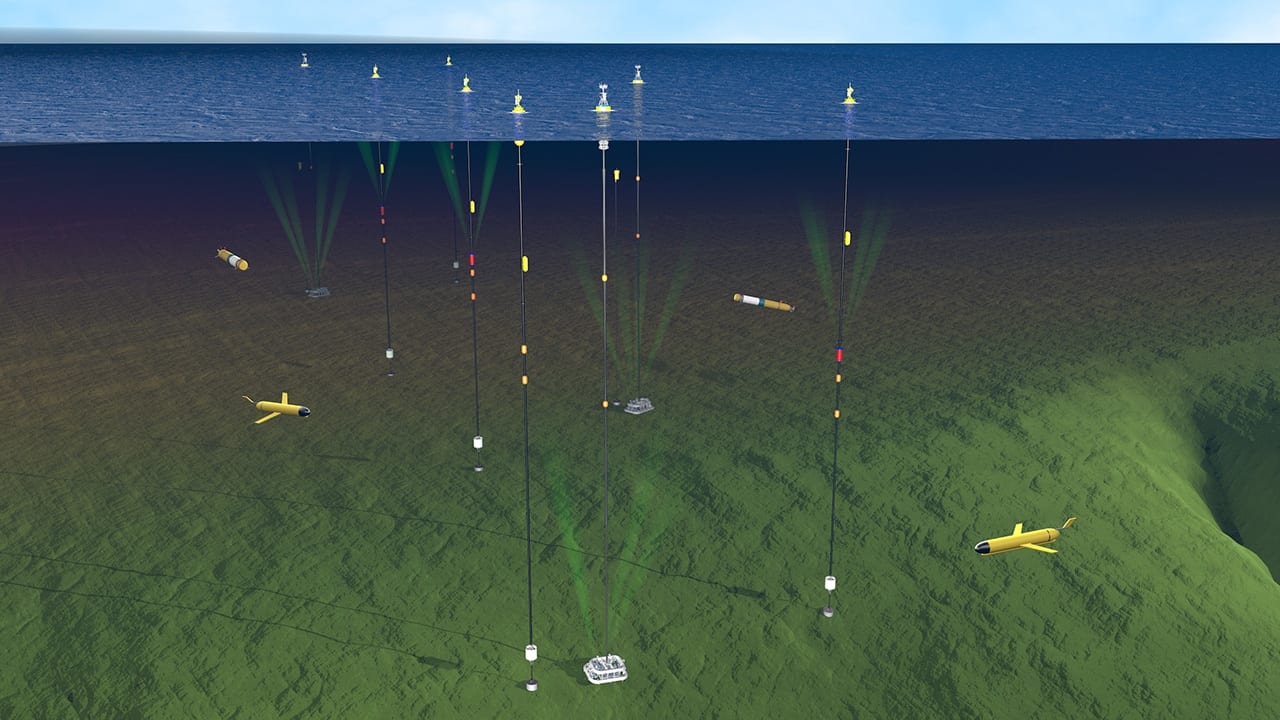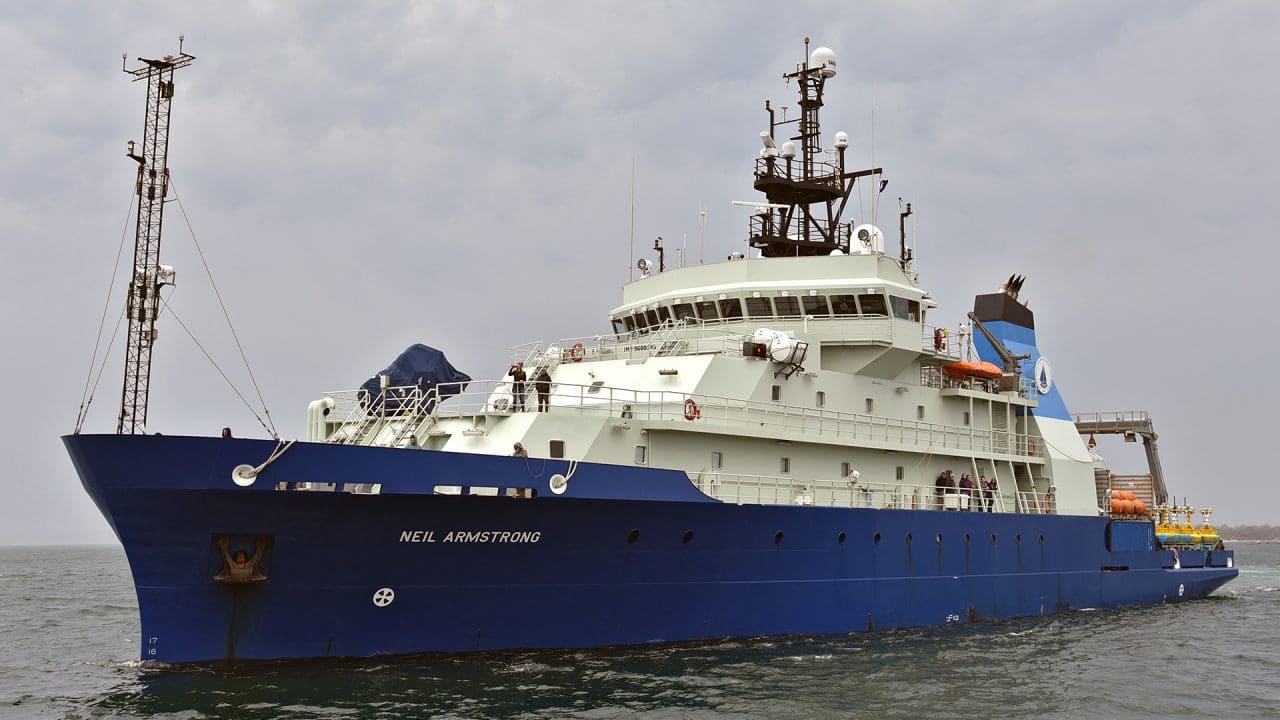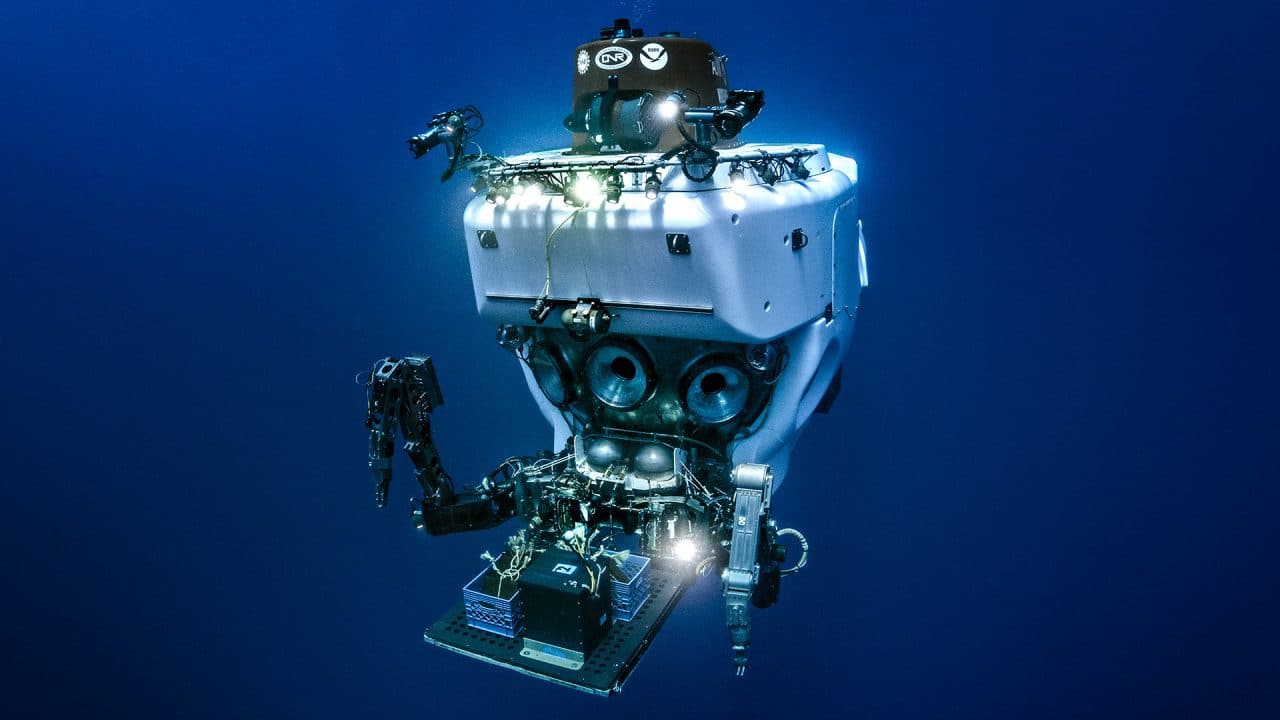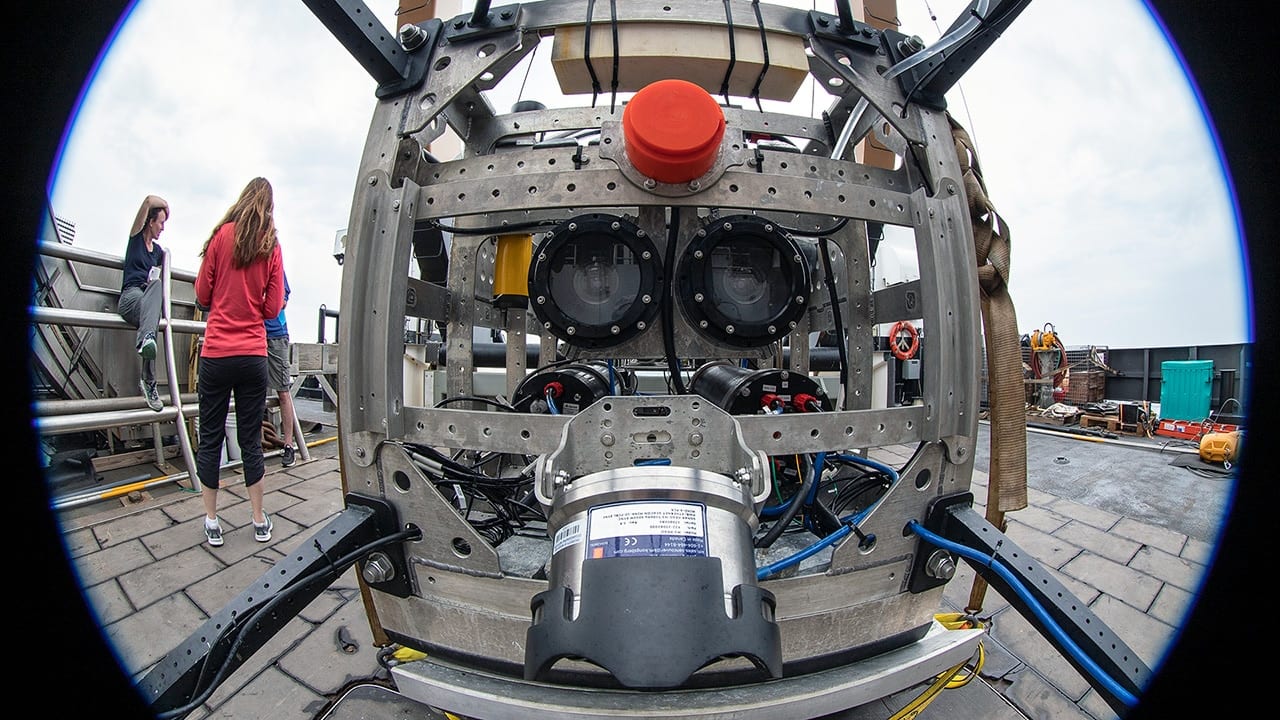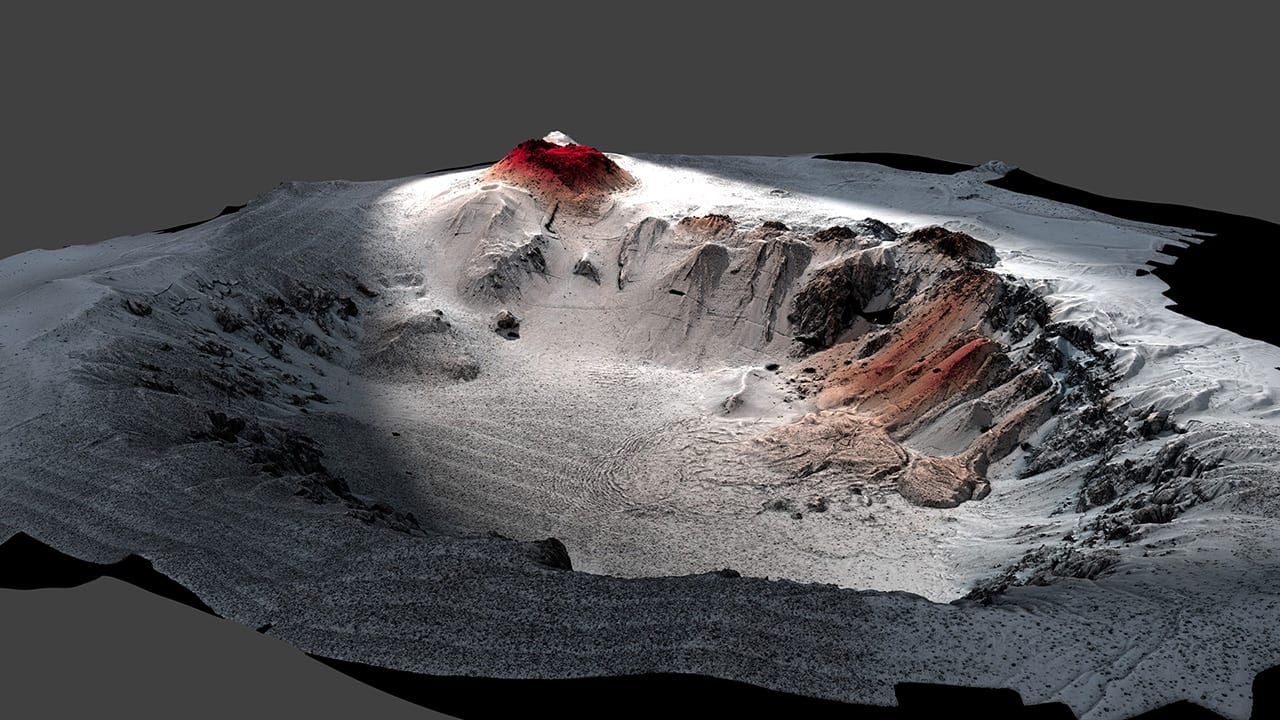Topic Page
Seaweed Cultivation
When seaweed removes carbon dioxide from seawater, it alters the balance of carbon dioxide between water and air, causing the gas to move from the atmosphere into the ocean.
Read MoreCoral Stressors
Stressors can affect organisms living on the reef or they can affect the corals, themselves. When corals die, other organisms must relocate or struggle to survive.
Read MoreReef Fish
Fish that inhabit a coral reef play essential roles in the reef ecosystem, and reefs without fish struggle to recover from bleaching or other events that damage the coral.
Read MoreOcean-Based Climate Solutions
Ocean-based, clean energy technologies hold great potential for ocean-based climate solutions, such as blue carbon, biofuels, and carbon dioxide removal systems.
Read MoreNatural Disasters
Our ocean planet is dynamic and constantly changing, sometimes resulting in dramatic threats to humans.
Read MoreCycles
Oceanic cycles—chemical, physical and biological—are related to cyclic processes in the Earth’s atmosphere, such as the seasons, El Niño events, and long-term climate changes.
Read MoreEcosystems
Ocean ecosystems are found in polar regions, coastal waters, coral reefs, hydrothermal vents, the abyssal plain, and at the bottom of the sea.
Read MoreOcean & Human Lives
The oceans are critical to human life, and ocean scientists are working to investigate the untapped potential of the sea in order to maximize these benefits.
Read MoreFrozen Ocean
The polar regions are experiencing unprecedented environmental changes that have significant potential impacts on global climate, ecosystems, and society.
Read MoreHow the Ocean Works
Although the oceans cover most of Earth, the the tiny sliver of the coastal ocean greatly influences, and is most influenced by, human activity.
Read MoreEmperor Penguins
The emperor penguin is the largest living penguin species standing around 115 centimeters tall. Once they have found a partner, they work together to keep their young fed and safe.
Read MoreOcean Warming
Increasing ocean heat is closely linked to increases in atmospheric greenhouse gas concentrations, making the ocean an excellent indicator of how much Earth is warming.
Read MoreCoastal Restoration & Blue Carbon
Blue carbon refers to atmospheric carbon captured and stored by the ocean, which mitigates the effects of climate change by storing carbon for long periods of time.
Read MoreRight Whales
The North Atlantic right whale (Eubalaena glacialis) is one of the most endangered whales in the world—approximately 340 remain—due to entanglement and ship collisions.
Read MoreGroundwater
Groundwater is water that exists underground in the spaces between grains of sand or gravel or in the cracks and fractures in solid rock—part of the global water cycle.
Read MoreRMS Titanic
The RMS Titanic was a passenger and mail ship that hit an iceberg on its maiden voyage on April 14, 1912. It remains one of the deadliest peacetime maritime disasters in history.
Read MoreAntikythera Shipwreck
The site of the Antikythera Wreck holds the remains of a Greek trading or cargo ship dating from the First Century, BCE. It is located on the east side of the Greek island of Antikythera.
Read MoreAir France Flight 447
On April 4, 2011, a search team led by the Woods Hole Oceanographic Institution (WHOI) located the wreckage of the Airbus jet some 3,900 meters (nearly 2.5 miles) below the surface of the Atlantic Ocean.
Read MoreMoorings & Buoys
An oceanographic mooring consists of a long cable with an anchor at one end, a float at the other, and instruments attached to the line in between or to a float.
Read MoreOcean Observatories
Ocean observatories have suites of instruments and sensors with long-term power supplies and permanent communications links that feed data in real-time.
Read MoreShips
Oceanographers rely on sophisticated ships to get a firsthand look at the ocean environment and to carry their tools and instruments into it.
Read MoreUnderwater Vehicles
Oceanographic observing tools has grown to include human-occupied submersibles, remote-controlled vehicles, and autonomous robots.
Read MoreImaging
Underwater imaging continues to advance in technology, allowing research to be conducted in the pressure-filled, extreme environments of the ocean.
Read MoreAcoustics
A strong understanding of how sound behaves in different conditions in the ocean helps scientists answer fundamental questions about the planet, the ocean, and marine life.
Read More
